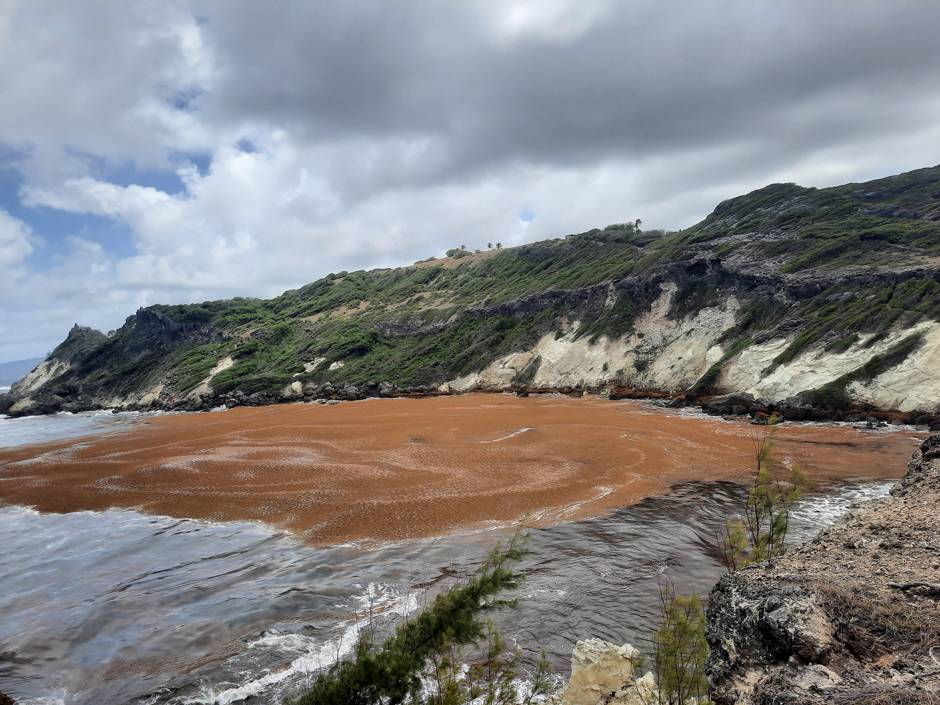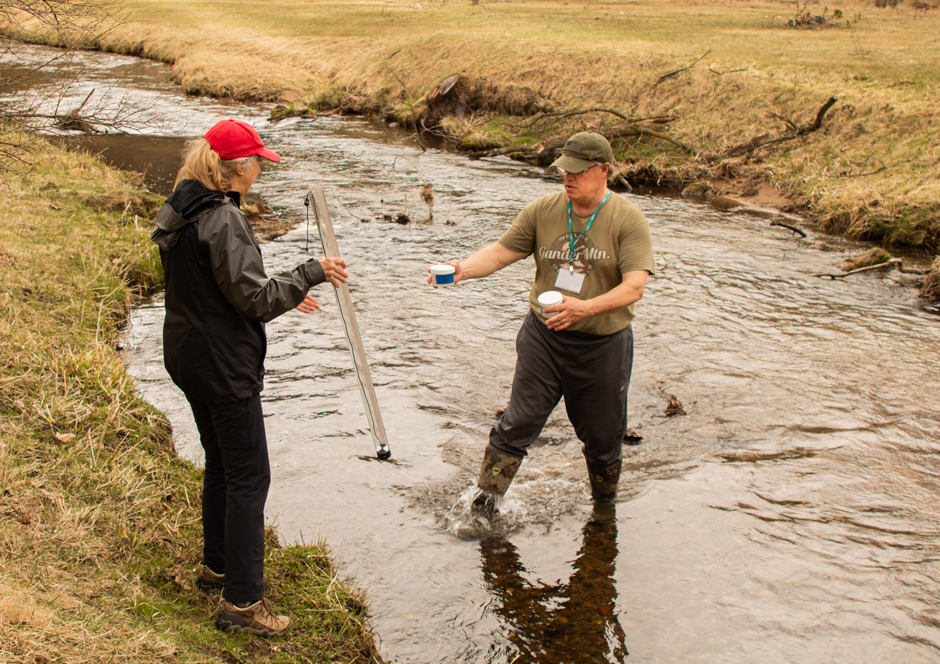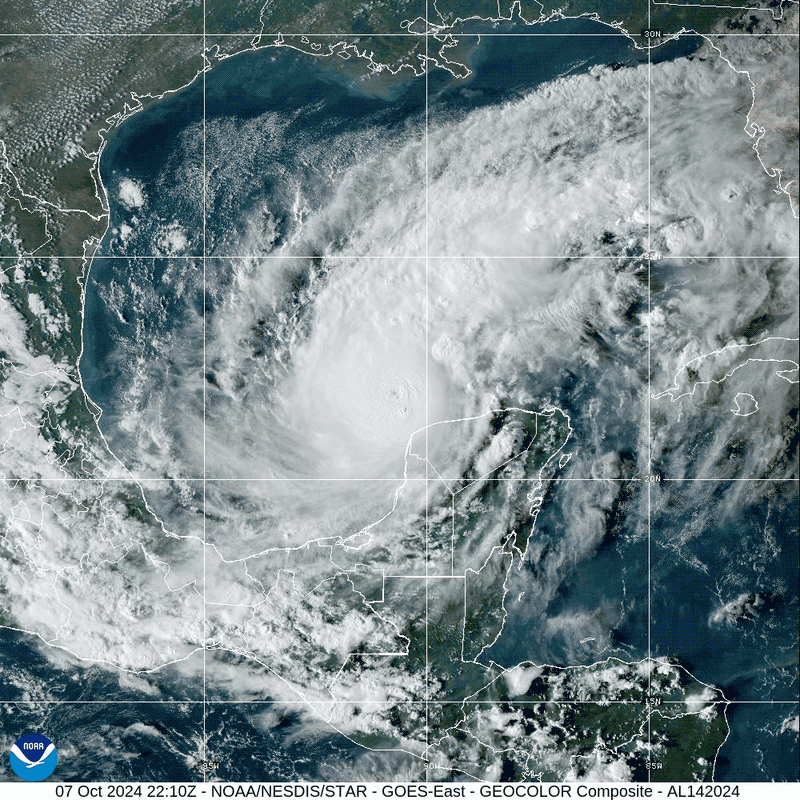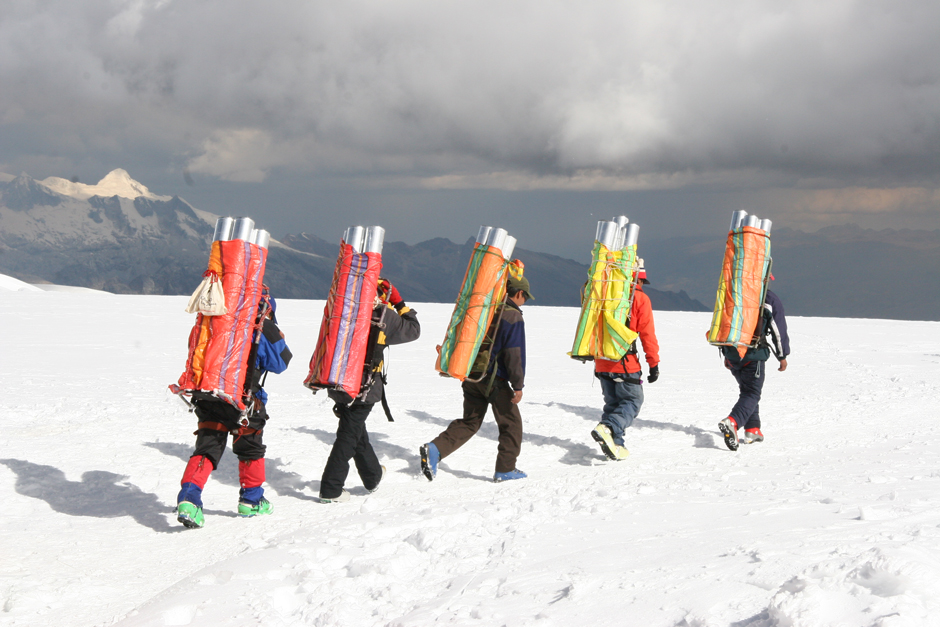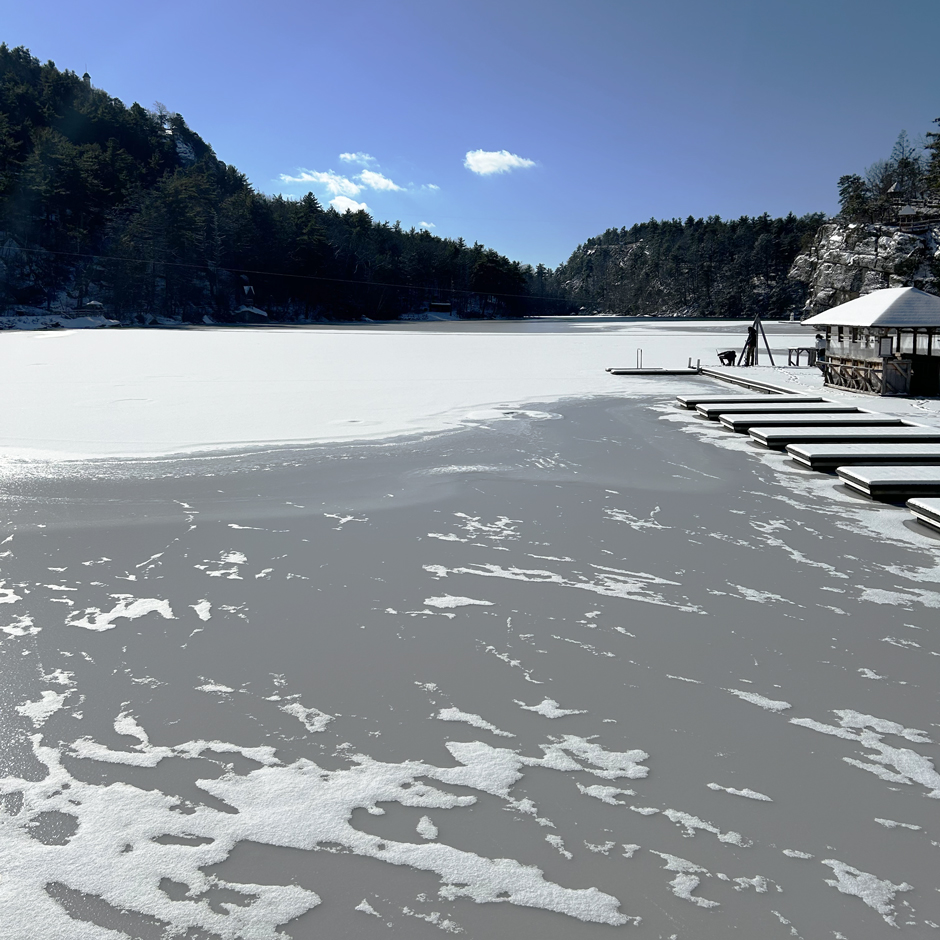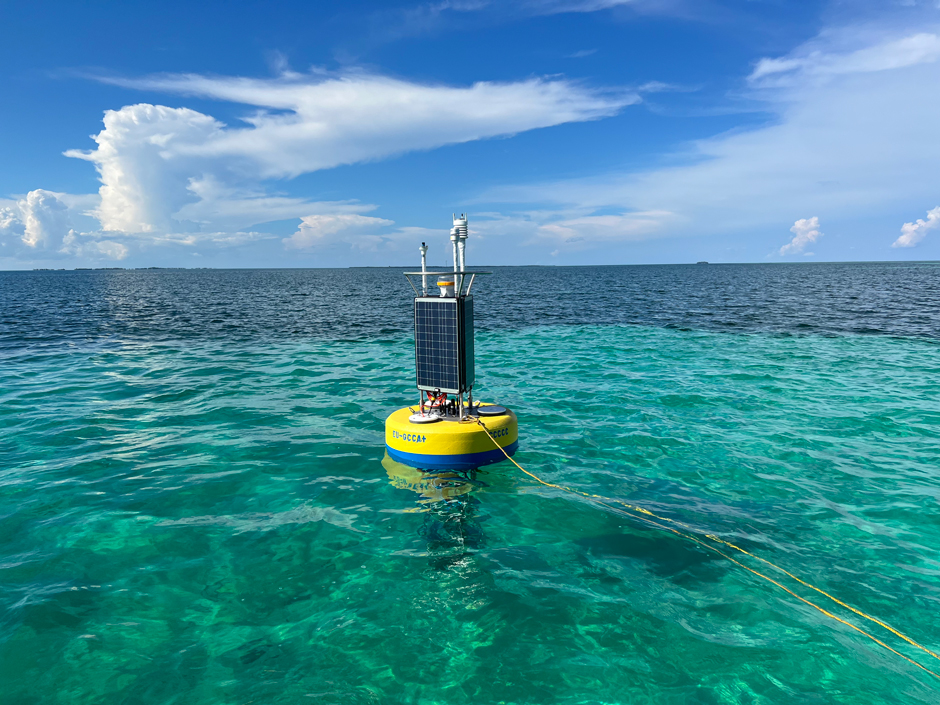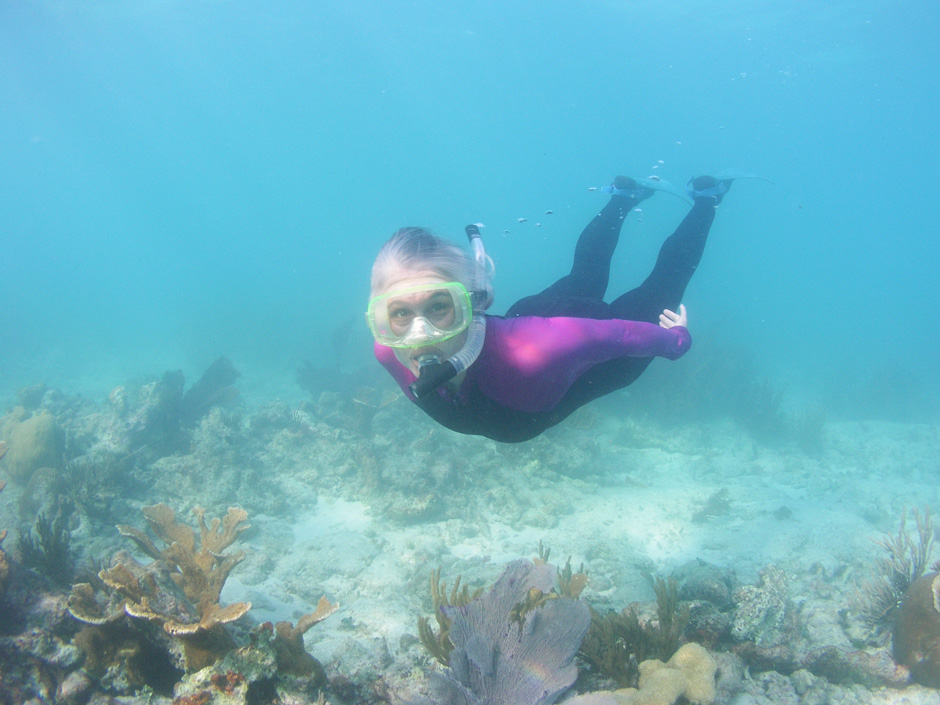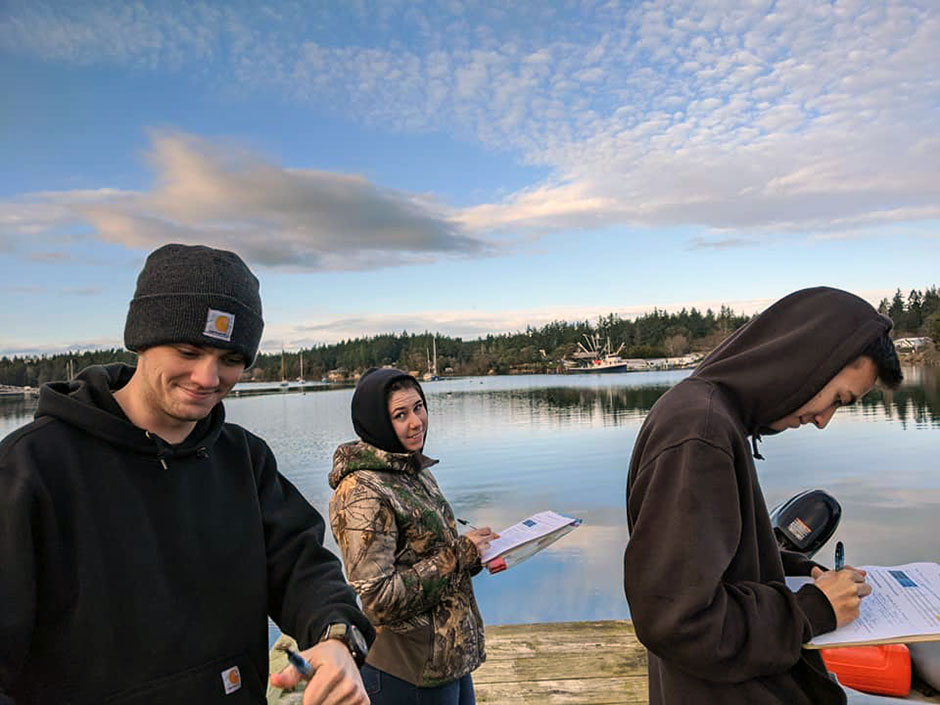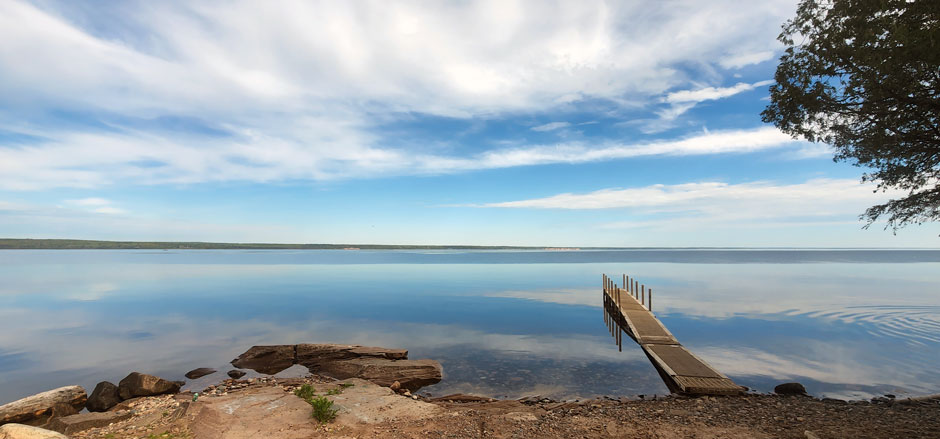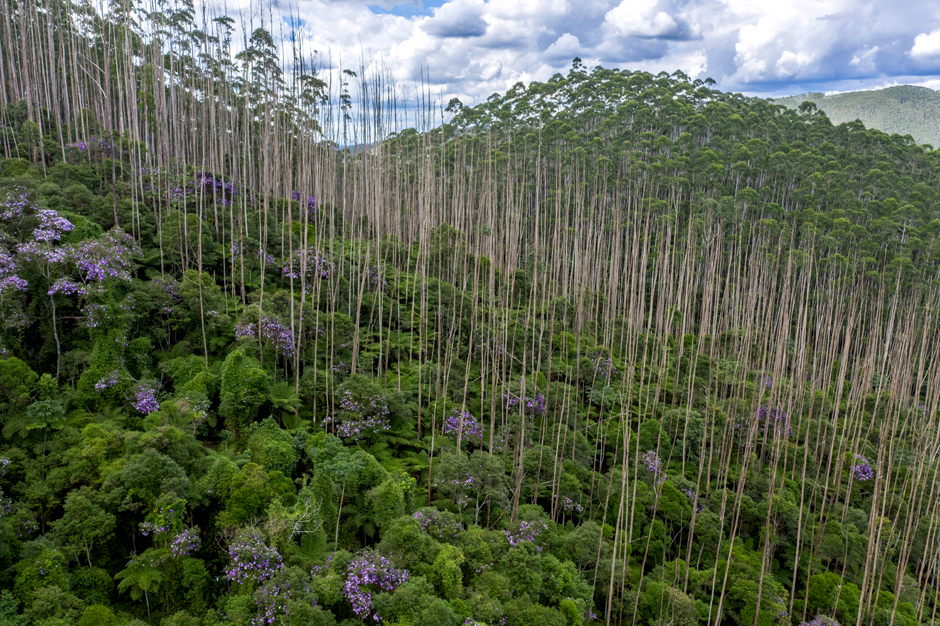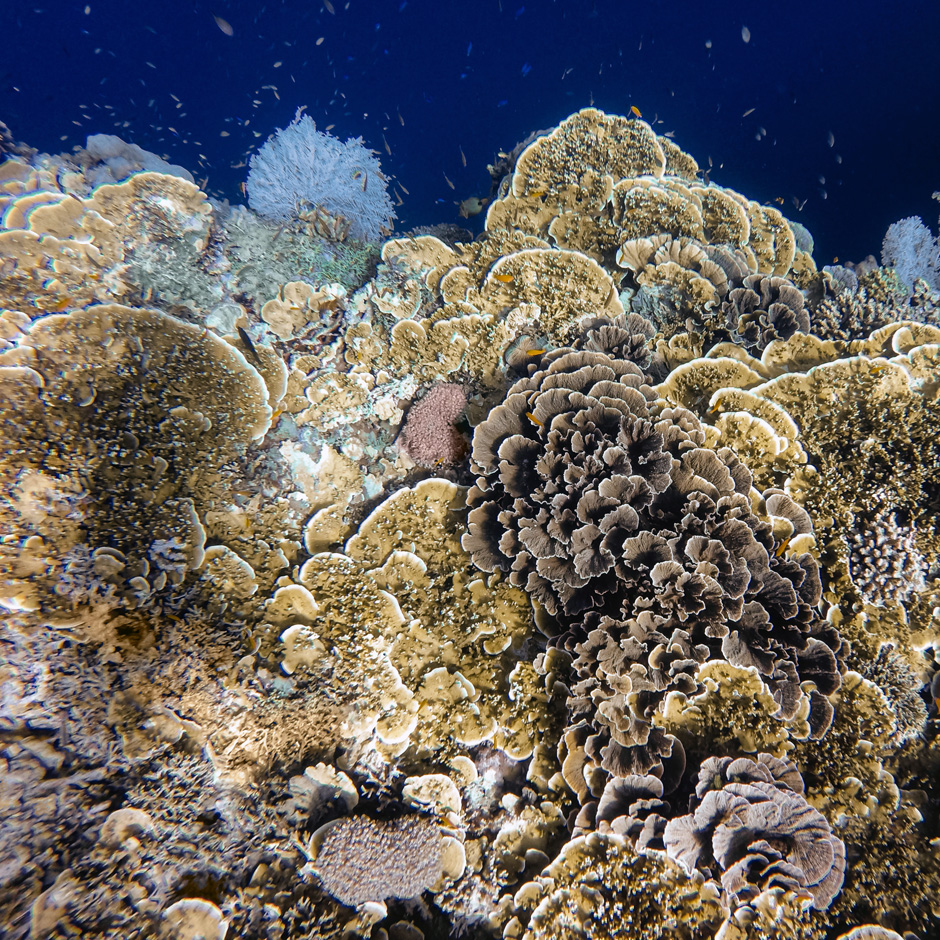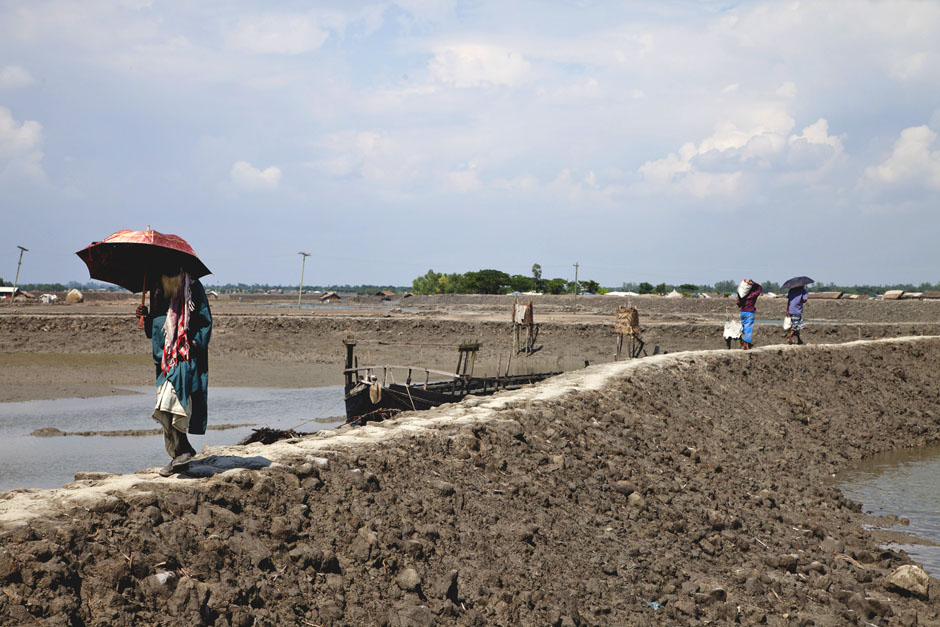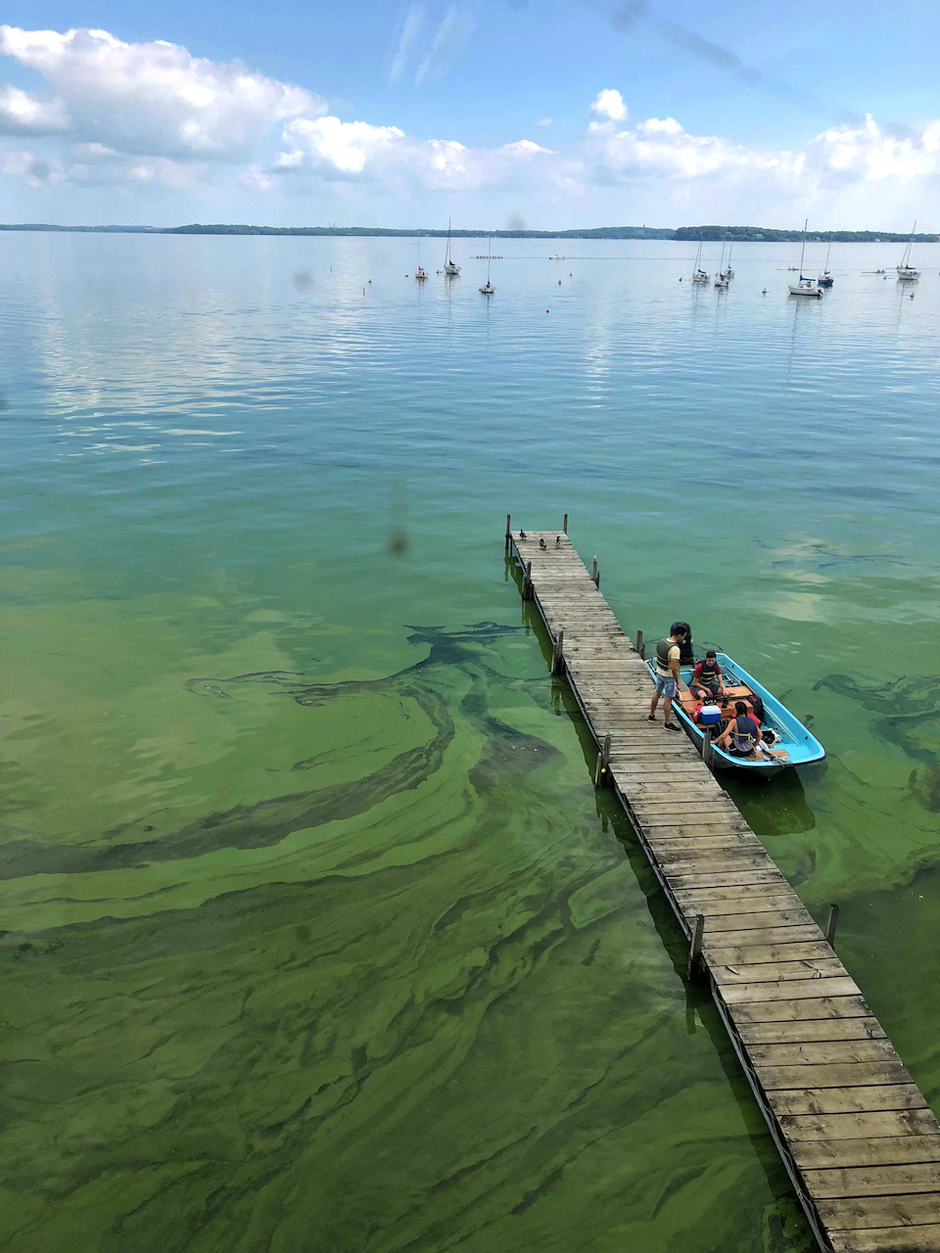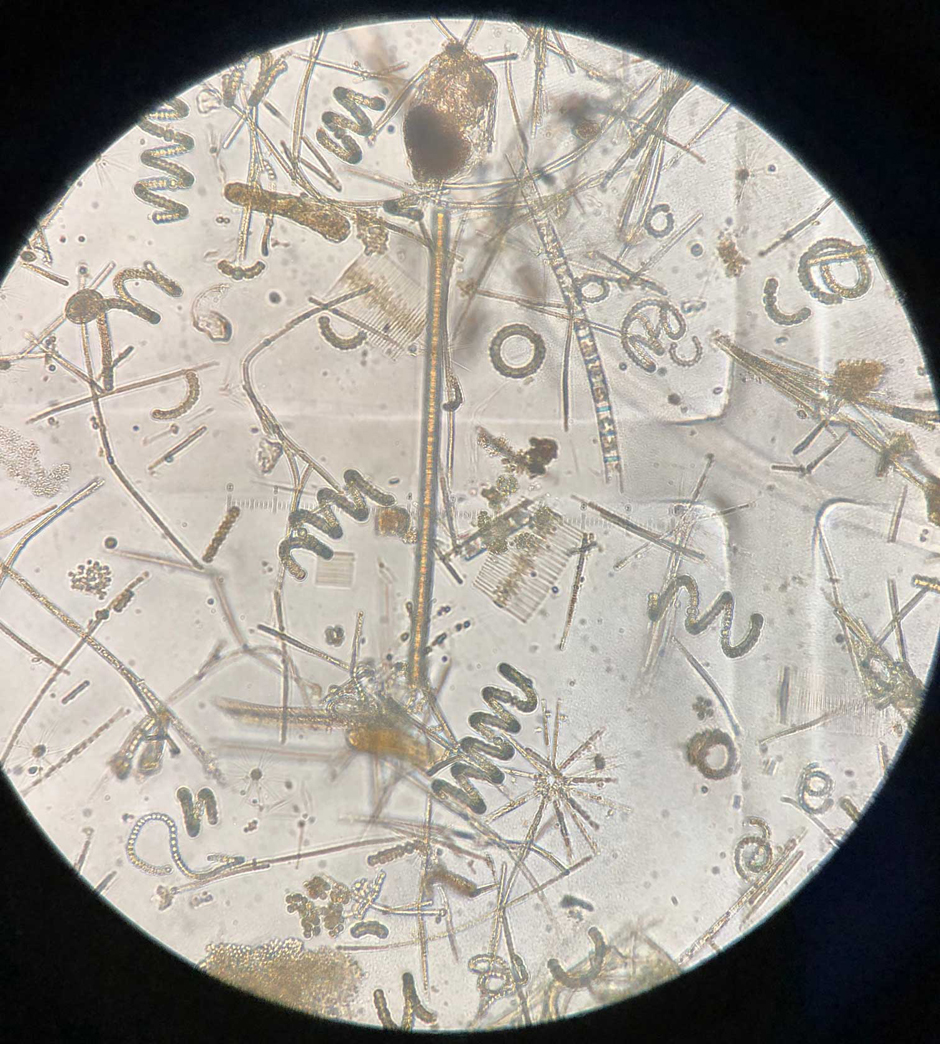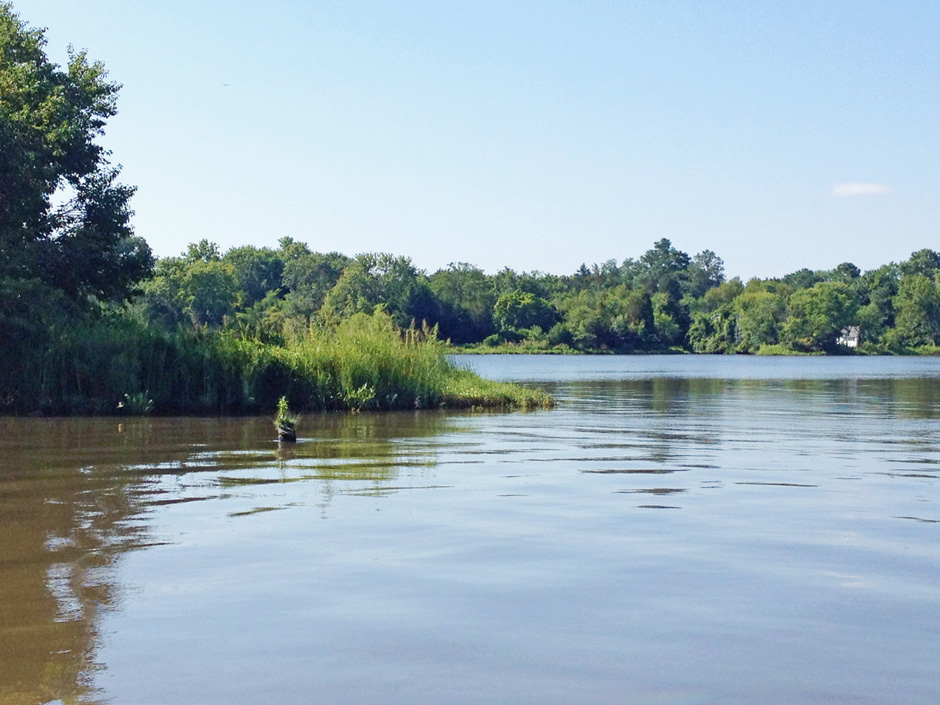Posts for tag "climate change"
No Red Herrings: Data Driving the Largest Salt Marsh Restoration in the NE USA
The Herring River system encompasses around 1,000 acres in the Towns of Wellfleet and Truro, Massachusetts. In 1909, the Chequessett Neck Road dike was built at the river’s mouth, drastically limiting tidal flow. Today, it’s one of...
- Posted June 16, 2025
Research in the Reserve: Promoting Interdisciplinary Conservation at the Great Bay National Estuarine Research Reserve
On an early winter day in 1973, a helicopter buzzed over Durham, New Hampshire, just a few miles from the Atlantic Ocean. One of the helicopter’s guests, oil magnate Aristotle Onassis, owner of Olympic Refining, looked east...
- Posted June 2, 2025
Save our Bogs! Culture, Conservation and Climate Action in Ireland’s Peatlands
Characterized by long-term accumulation under waterlogged conditions, peatlands exist on every continent and account for 3-4% of the global land surface. Small but mighty, these often overlooked wetland environments are estimated to hold as much as one-third...
- Posted March 31, 2025
Sargassum Surge: How Seaweed is Transforming our Oceans and Coastal Ecosystems
Until recently, Sargassum–a free-floating seaweed–was distributed throughout the Sargasso Sea, the north Caribbean Sea, and the Gulf of Mexico. But in the space of a decade, this seaweed has, as one scientist remarks, “Gone from a nonfactor...
- Posted March 24, 2025
Great Lakes Research Center: Designing Targeted Monitoring Solutions
According to the National Oceanic and Atmospheric Administration (NOAA), the Great Lakes have more miles of coastline than the contiguous Atlantic and Pacific coasts combined and contain 20 percent of the world’s freshwater, making it a critical...
- Posted March 17, 2025
Watershed Stewardship in Minnesota: Protecting Valley Creek in the Land of 10,000 Lakes
The Saint Croix Watershed is home to dozens of lakes, rivers, and streams that host an abundance of aquatic life from its tributaries. Valley Creek, a tributary of the St. Croix River, is a designated trout stream...
- Posted February 24, 2025
Monitoring Hurricanes and Predicting Flooding in the Age of Climate Change
Still recovering from Hurricane Helene, which caused extreme precipitation, flooding, landslides, and other environmental disasters associated with severe weather, the southeastern part of the U.S. is predicted to be hit by another storm, Hurricane Milton. With Hurricane...
- Posted October 9, 2024
Collecting Data at the Top of the World: How Scientists Retrieve Glacial Ice Cores
A helicopter touches down in the small town of Sicuani, Peru, at an elevation of 11,644 feet. Earlier that day, a boxcar brought fuel, drills, food, and other equipment for a glacial expedition. The year is 1979,...
- Posted March 18, 2024
Thin Ice: Monitoring Winter Lake Dynamics at Mohonk Lake
Historically, water quality monitoring during the winter has been difficult and often avoided altogether—however, monitoring throughout the year can highlight the influence of various environmental stressors and track the changes systems undergo during the winter. In particular,...
- Posted January 22, 2024
Sustainable Data Collection: Climate Monitoring in the Caribbean
The Caribbean Community Climate Change Centre works to establish environmental monitoring networks and systems in the Caribbean.
- Posted November 20, 2023
Coral Resilience: Determining the Fate of Coral in a Changing Climate
Recent research suggests that some coral may be able to survive and thrive despite climate change, especially with some human assistance.
- Posted September 5, 2022
So Far Yet So Close: Remote Sensing at Everett
Integration of remote sensing technology into undergraduate education can help society solve environmental problems faster.
- Posted August 22, 2022
Monitoring Water Pollution in Keweenaw Bay
Water pollution is not a niche concern of scientists but is instead a concern for all people, regardless of proximity to water.
- Posted July 5, 2022
Balancing Forest Biodiversity and Land Use Benefits
New meta-analysis paper pulls together data from 264 studies to explore ways of balancing forest biodiversity and wood production interests.
- Posted June 27, 2022
Marine Cold Spells: The Flip Side of Global Warming
While not receiving as much attention as warming trends, marine cold spells can strongly impact marine life too, in complex ways.
- Posted June 7, 2022
Anguish of the Amazon: Climate Tipping Points and the Loss of Rainforest Resilience
“Our goal is to quantify the movement towards a tipping point, measured as a loss of resilience in the system. Resilience is essentially how quickly a system recovers from perturbations, in this case droughts for example.”
- Posted June 2, 2022
Shapeshifting Rivers: The First Global River Delta Migration Database Offers Future Glimpse of the Planet’s Major Coastal Waterways
The first global river delta migration database can help coastal populations adapt as rivers change due to climate and anthropogenic effects.
- Posted February 8, 2022
How Green Was My Cyanobacteria: Carbon, Nitrogen, and Phosphorus Cycling in Lakes
The influence of bacteria on carbon, nitrogen, and phosphorus cycling processes in lakes and their influence on lake health is explored.
- Posted October 29, 2021
Diatoms Dominate Muskegon Lake In A Cold And Rainy Year
An unusually rainy and cold year changed the phytoplankton makeup of one Michigan lake. Climate change makes similar changes more likely in the future.
- Posted October 15, 2021
Climate, Nutrients and the Future of Hypoxia in a Chesapeake Bay Tributary
A warming climate and low-oxygen from Chesapeake Bay will reduce oxygen more than nutrient reductions will increase it in the Chester River.
- Posted September 6, 2021





